Can we fix kitchen floor without removing cabinetry?
Alice Johannen
12 years ago
Featured Answer
Sort by:Oldest
Comments (6)
User
12 years agoRelated Professionals
Everett Flooring Contractors · Fairfax Flooring Contractors · Lutz Flooring Contractors · Middleburg Flooring Contractors · Owings Mills Flooring Contractors · Trenton Flooring Contractors · Whitman Flooring Contractors · Farragut Tile and Stone Contractors · Santa Rosa Tile and Stone Contractors · Kilgore General Contractors · Montebello General Contractors · Murrysville General Contractors · Rolling Hills Estates General Contractors · University Heights General Contractors · Travilah General Contractorsglennsfc
12 years agoAlice Johannen
12 years agoUser
12 years agoAlice Johannen
12 years ago
Related Stories
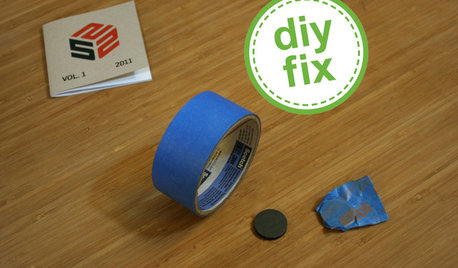
DECORATING GUIDESQuick Fix: Find Wall Studs Without an Expensive Stud Finder
See how to find hidden wall studs with this ridiculously easy trick
Full Story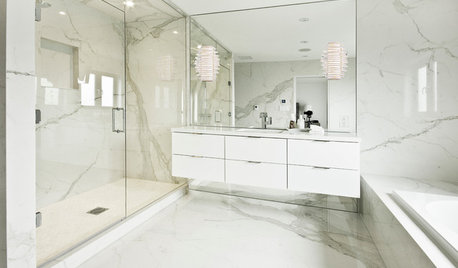
DECORATING GUIDESLook-Alikes That Save Money Without Skimping on Style
Whether in woodwork, flooring, wall treatments or tile, you can get a luxe effect while spending less
Full Story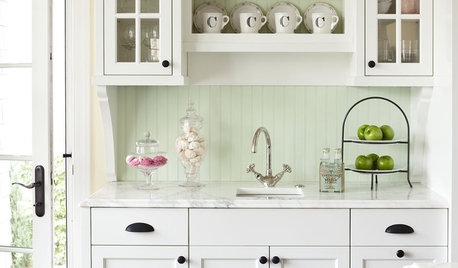
KITCHEN DESIGNModernize Your Old Kitchen Without Remodeling
Keep the charm but lose the outdated feel, and gain functionality, with these tricks for helping your older kitchen fit modern times
Full Story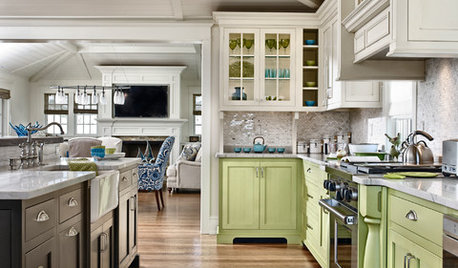
KITCHEN DESIGN11 Ways to Update Your Kitchen Without a Sledgehammer
Give your kitchen a new look by making small improvements that have big impact
Full Story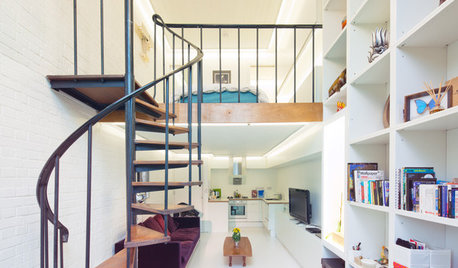
REMODELING GUIDESAsk an Architect: How Can I Carve Out a New Room Without Adding On?
When it comes to creating extra room, a mezzanine or loft level can be your best friend
Full Story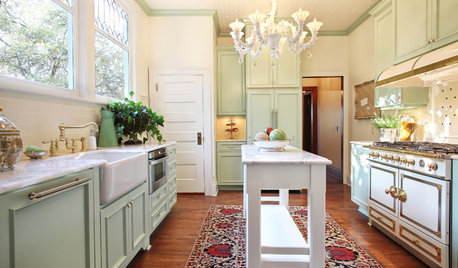
KITCHEN DESIGNKitchen Design Fix: How to Fit an Island Into a Small Kitchen
Maximize your cooking prep area and storage even if your kitchen isn't huge with an island sized and styled to fit
Full Story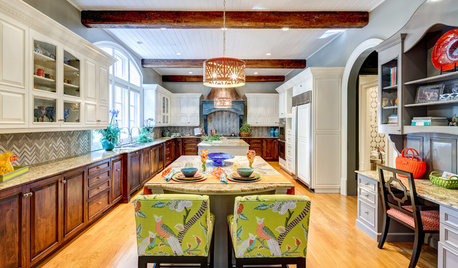
BEFORE AND AFTERSKitchen Rehab: Don’t Nix It, Fix It
A small makeover makes a big impact in a traditional kitchen in Atlanta with great bones
Full Story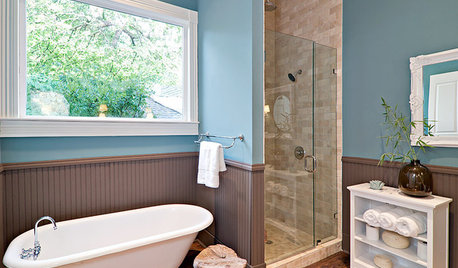
4 Easy Ways to Renew Your Bathroom Without Remodeling
Take your bathroom from drab to fab without getting out the sledgehammer or racking up lots of charges
Full Story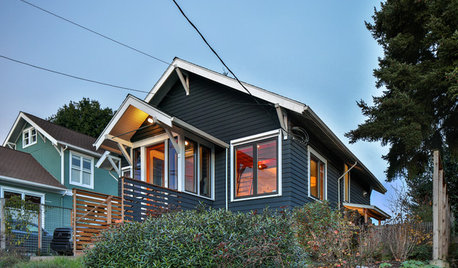
MODERN HOMESHouzz TV: Seattle Family Almost Doubles Its Space Without Adding On
See how 2 work-from-home architects design and build an adaptable space for their family and business
Full Story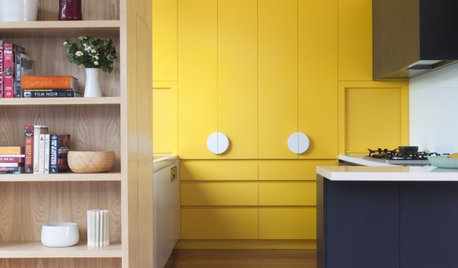
DECORATING GUIDESHow to Pull Off a Minimalist Look Without Sacrificing Your Style
Minimalism doesn’t always mean white and characterless — it’s about playing favorites
Full StoryMore Discussions







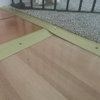
Alice JohannenOriginal Author